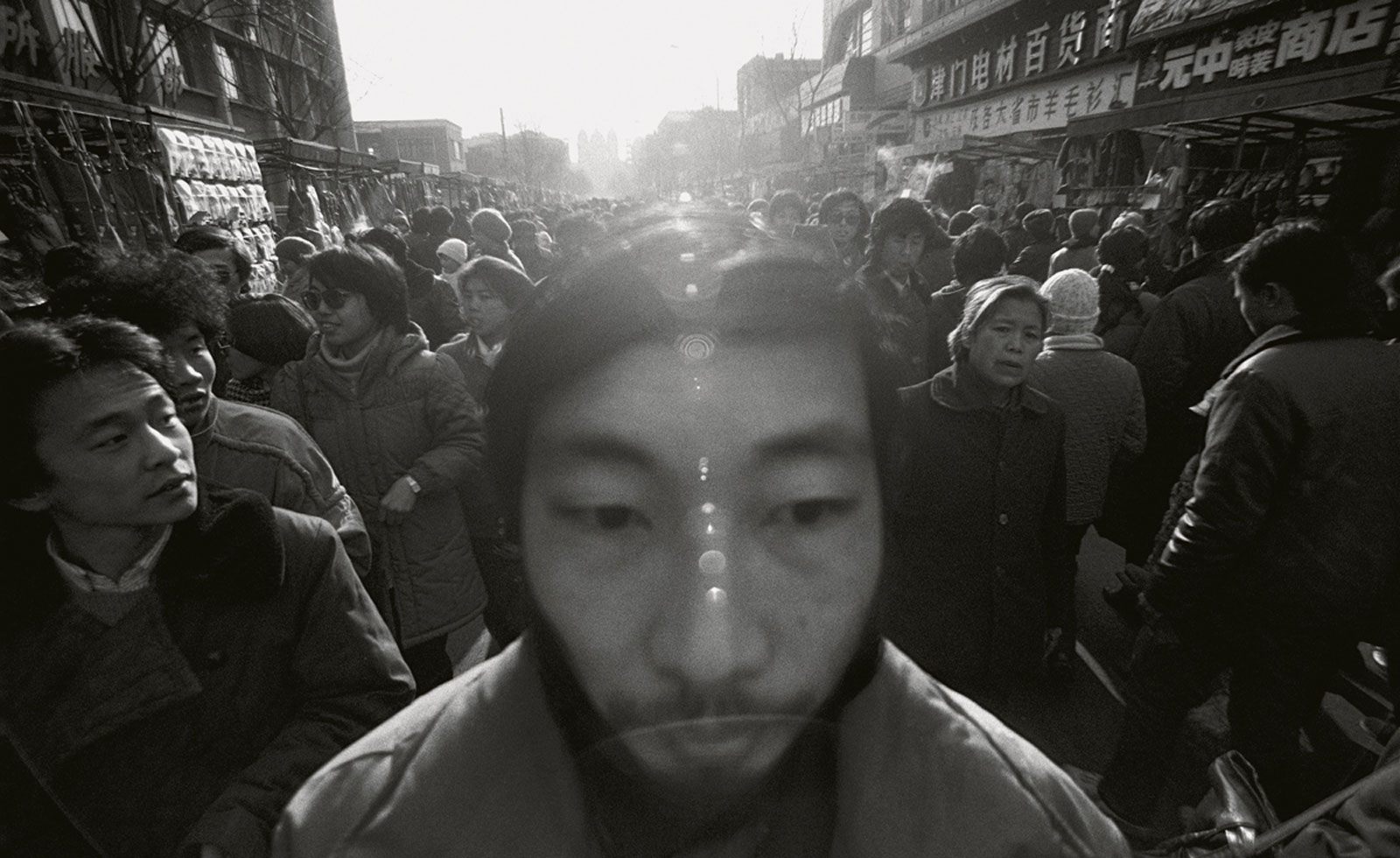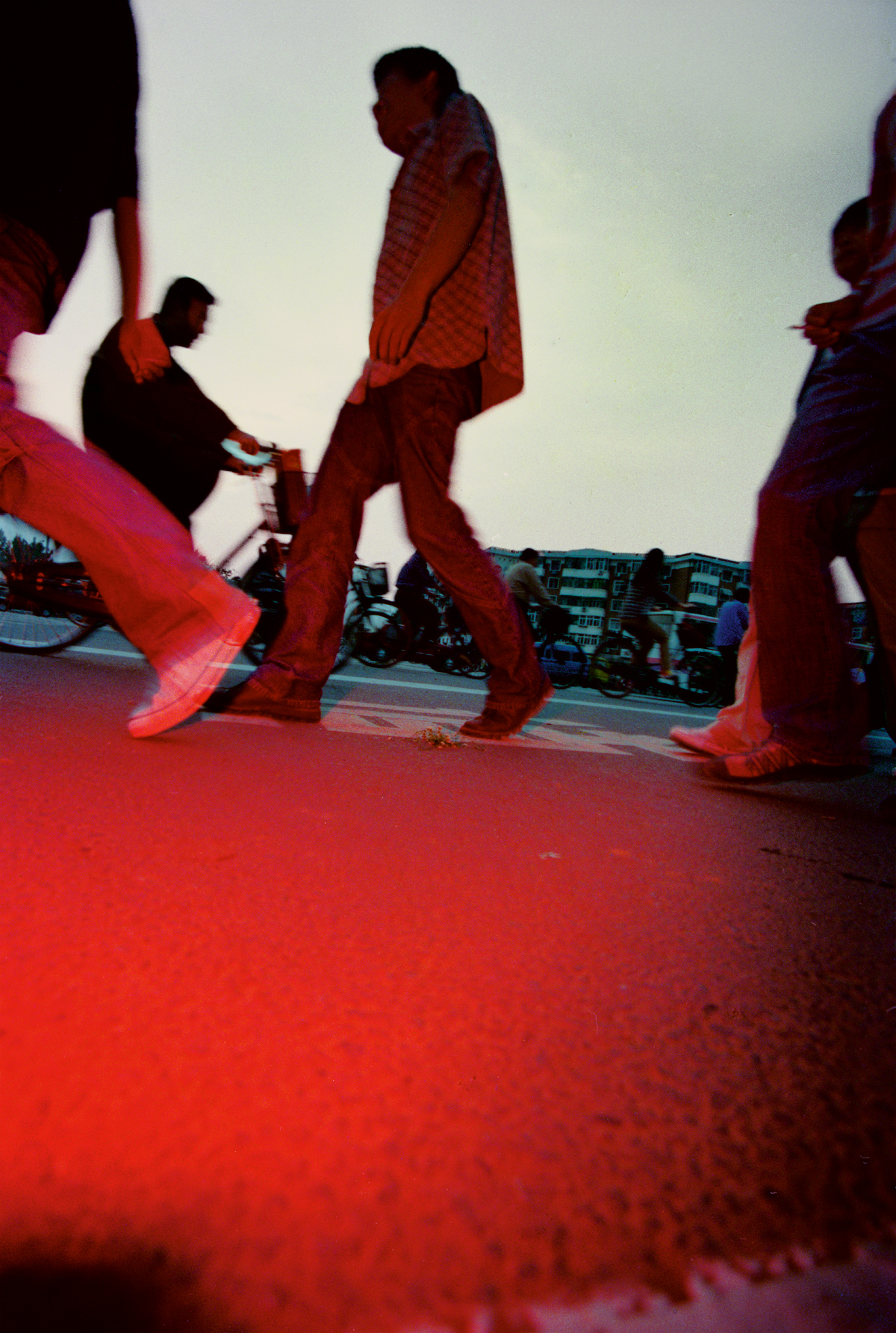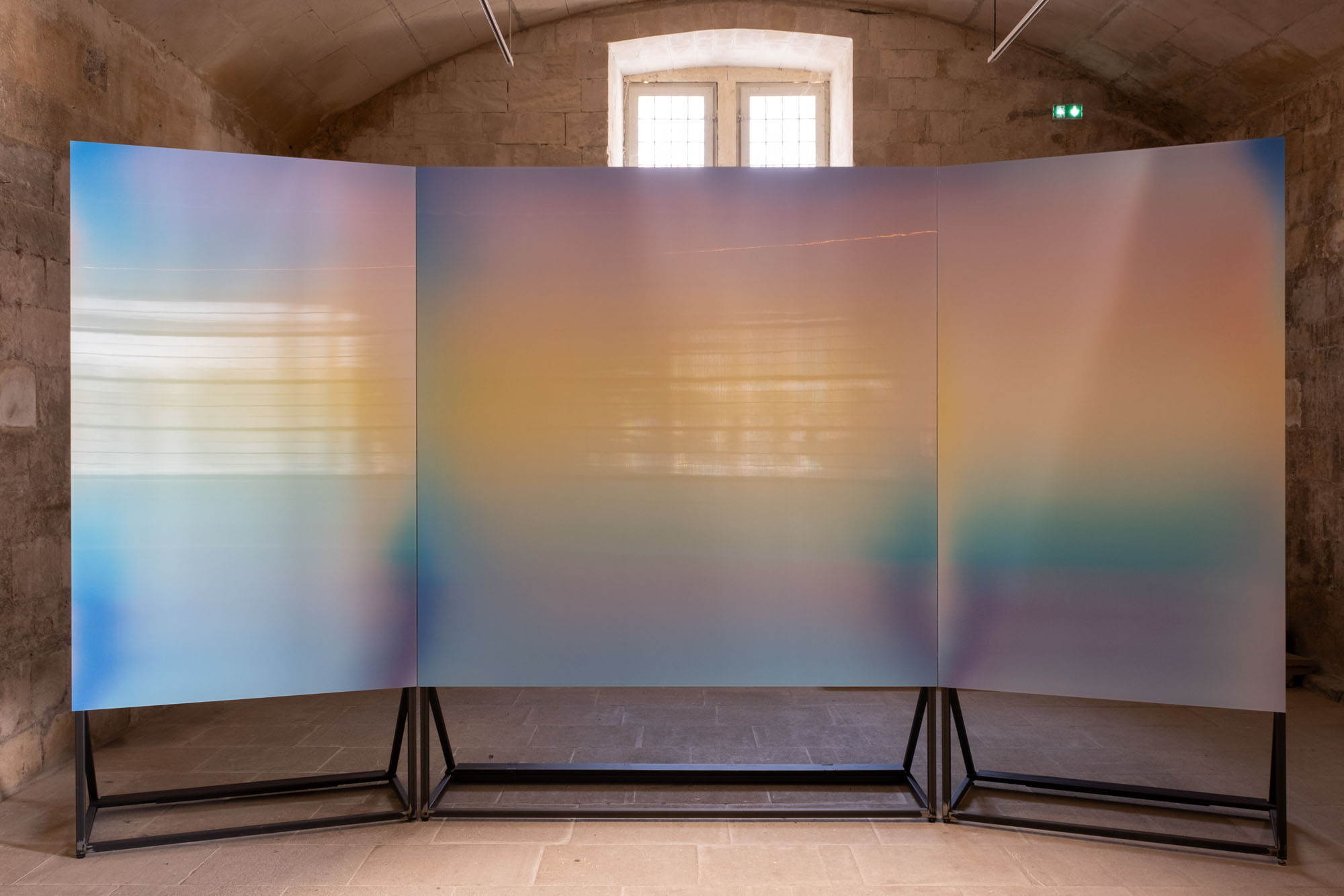
‘Beneath The Surface’ is how Les Rencontres d’Arles, the annual photography festival in the south of France, has defined 2024's impressive curation of over 40 exhibitions, presenting nearly 200 artists.
Sprawled throughout the city of Arles’ charming streets (and a collection of satellite shows across the region), works are exhibited in myriad unexpected contexts, from 12th-century chapels and cloisters to the upper floor of a Monoprix supermarket. Just like the heat of the local summer, photography has woven its way into the life of the city, open now until 29 September 2024.
Les Roncontres d'Arles 2024
‘Who has not dreamed of seeing what the eye cannot grasp?’ is a curious premise for a visual medium, but for artist Mustapha Azeroual and the curator Marjolaine Levy it became part of the framework from which they developed their exhibition ‘The Green Ray’. The works were conceived with the BMW Art Makers programme, which each year supports the creation of an experimental visual arts project, responsive to current social and environmental challenges.
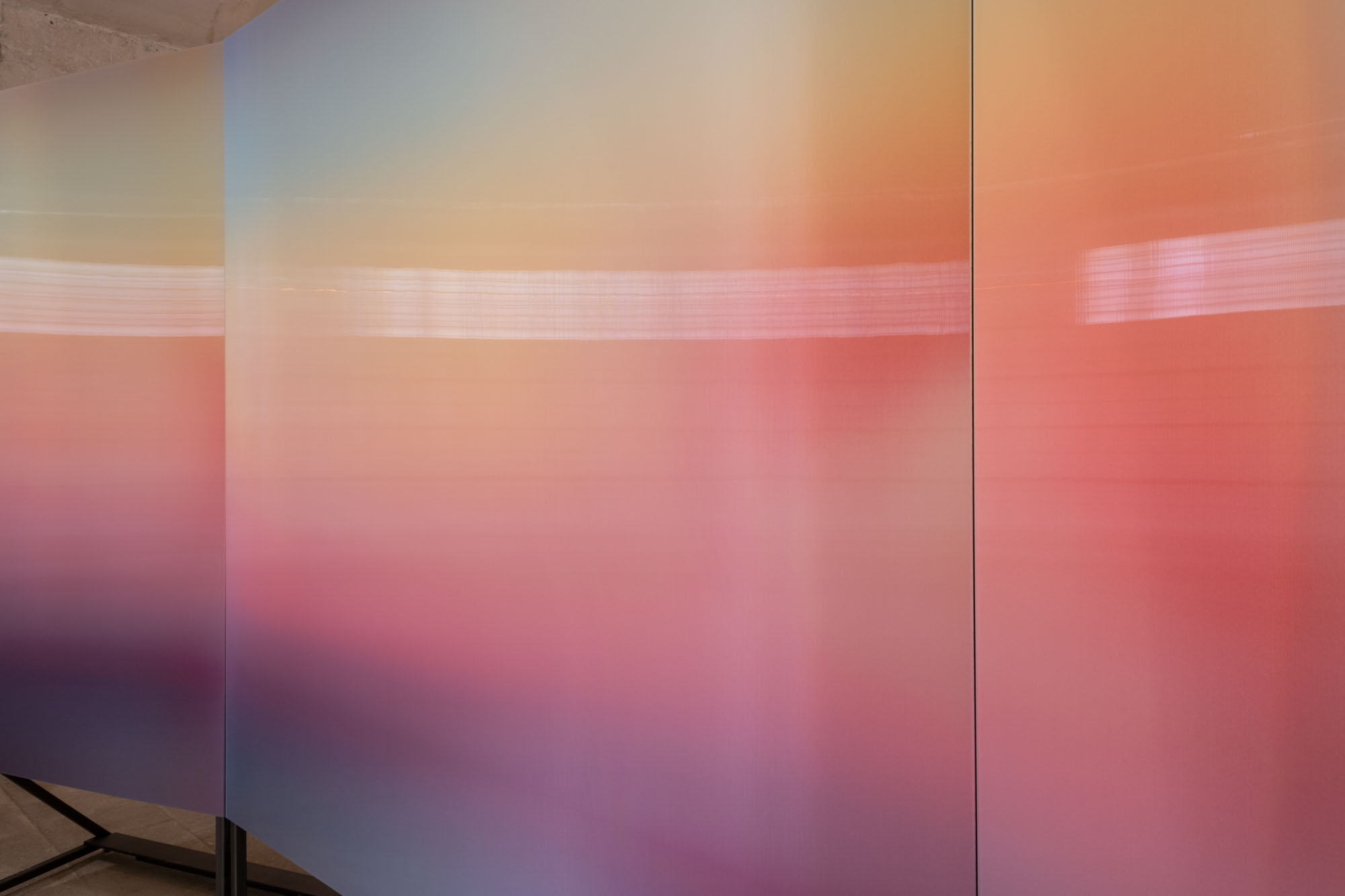
As you first enter the cavernous cloister that hosts the exhibition, you encounter a moment for pause, as a reflection of evolving colourful light bounces back to you from a palate-cleansing white wall. Following into the main space, two lenticular panopticons surround you with abstract sweeping landscapes of colour, alluding to a horizon that cannot be determined. It’s akin to the experience of being at sea, or atop a tall mountain at sunrise or sunset, with a near-infinite sky.
At an impressive 4m high, these shifting visions envelop us in a poetic sensory experience. Levy refers to the art historian Alexander Alberro, who believes that ‘the more works engage the viewer's nervous system, the more egalitarian they are’. She explains, ‘When a work acts on the eye, we are all equal. Insofar as Mustapha’s work is an optical and kinetic experience, there is no sense of hierarchy among the audience. We will see things differently depending on where we are and how our brain perceives the colours, but we will all have a physical experience. The challenge lies in our ability to represent this environmental reality in an abstract way. By doing so, we are witnessing the socialisation of art.’
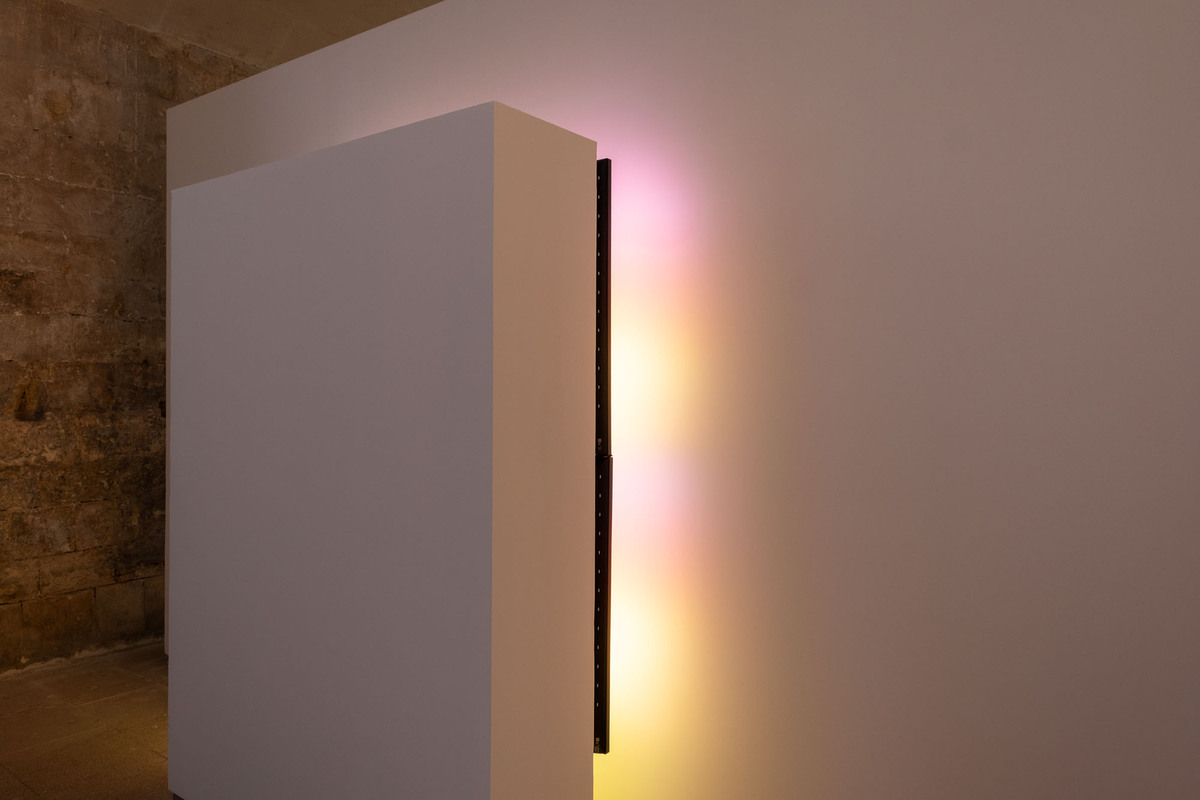
In a similarly levelling approach, each image was created from photographs taken by sailors crossing the Arctic, Indian, Pacific and Mediterranean oceans. This evolves the traditional individualistic authorship template for artistic creation to a method that is more congruent with the works' reverence towards the natural world.
Azeroual says, ‘I’ve never wanted to travel to take photographs… It didn’t make sense to generate pollution in order to capture the effects of human activity. When, for “The Green Ray”, we decided to work on the high seas, which is a little-explored area, it was obvious that I wasn’t going to set off on a boat for several months. It made more sense to use a community of sailors. As it was winter, few people were travelling. So, we used archive images. All of them were taken in identified areas that enabled me to map remote spaces, such as the Southern Ocean, where I have never been, and where I will probably never go.’
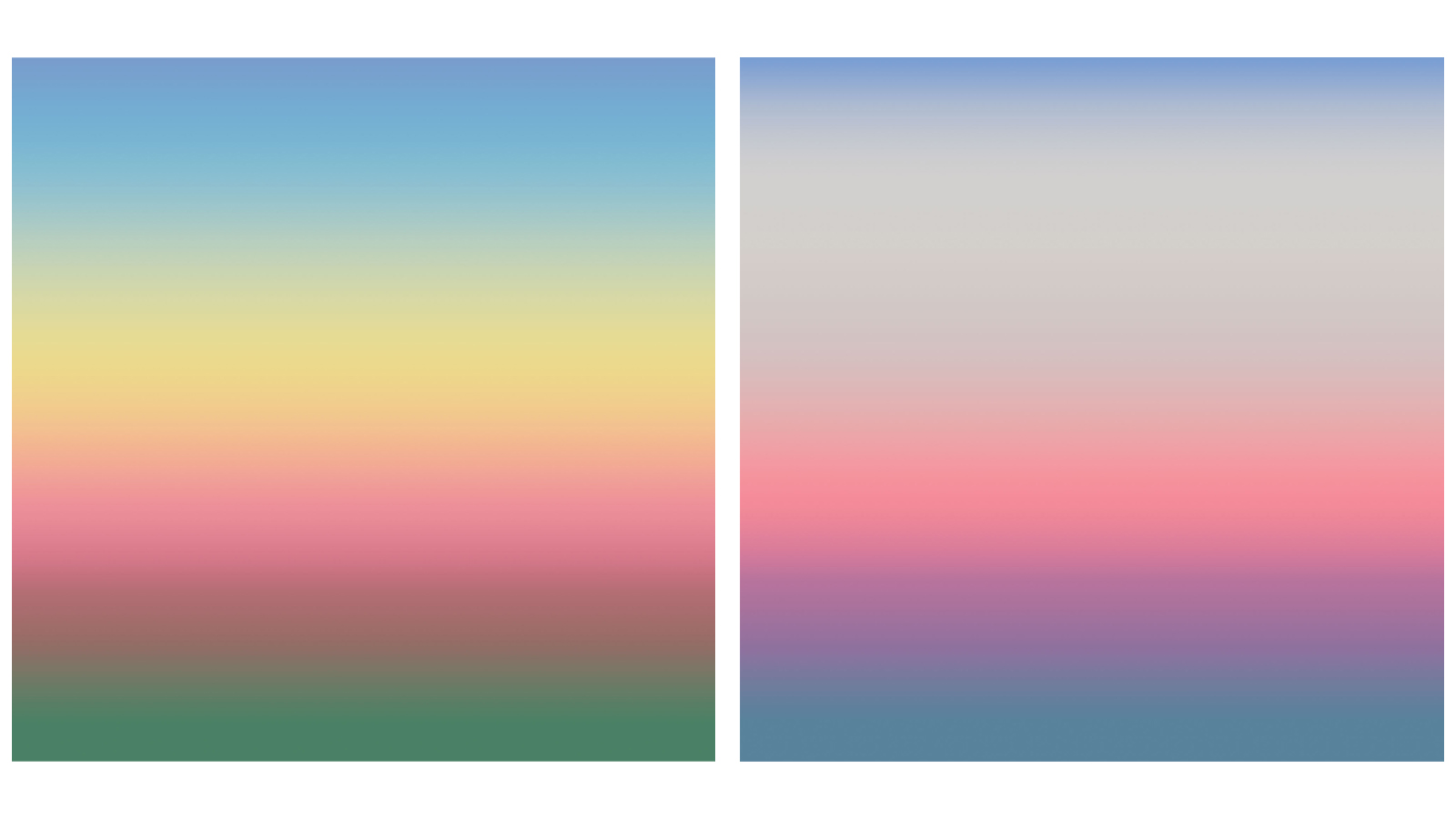
This immersion combined with a sensitivity towards resources extends beyond methods of production and into the presentation; furniture within the exhibition is made from eco-responsible materials by BMW designers, and the sceneographic structures can be reused in future exhibitions. ‘The Green Ray’ can be experienced in Arles until 29 September, after which it will travel to Les Voiles de Saint-Tropez, then to Art Basel Paris in October.
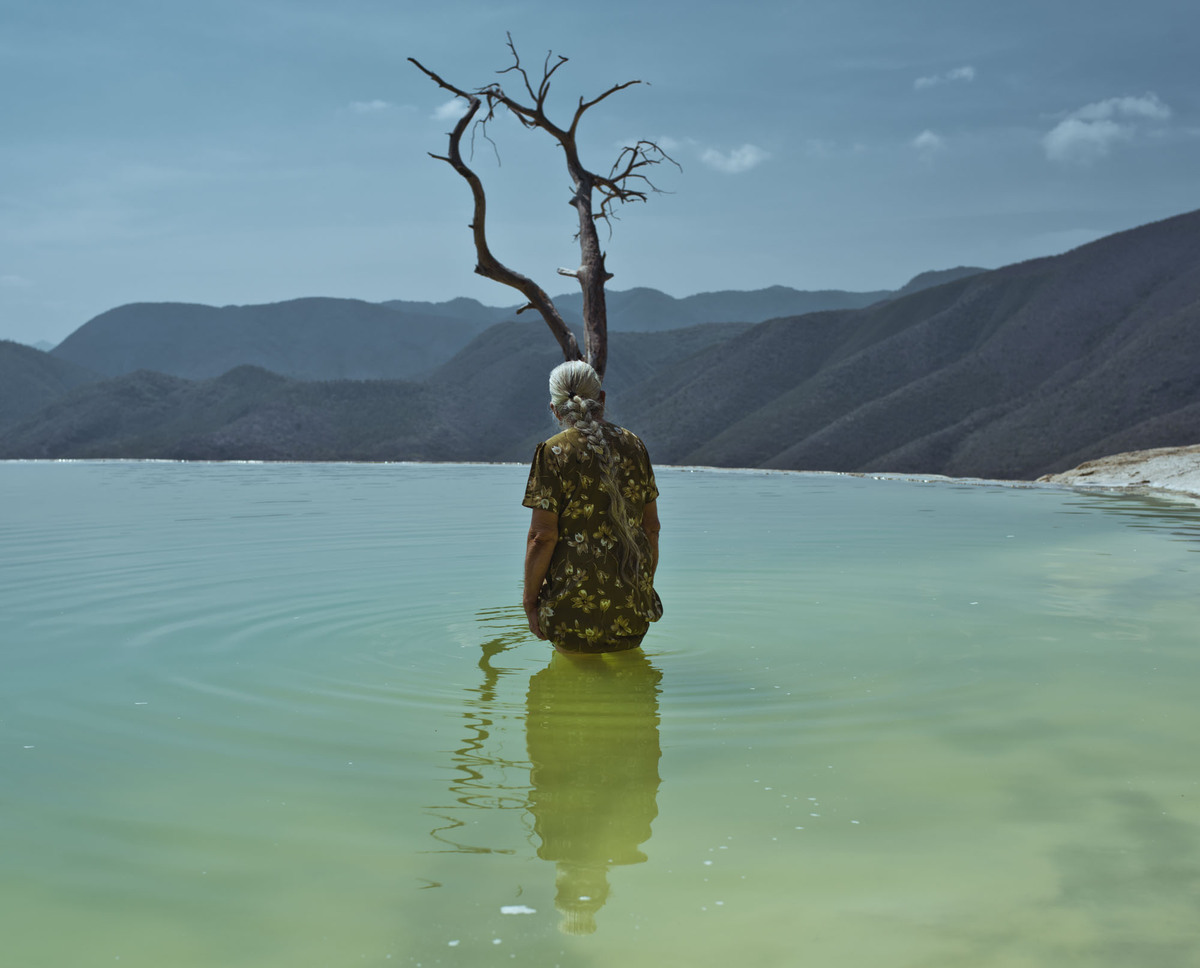
Other highlights of this year's festival include Cristina De Middel’s ‘Journey to the Center’ which reframes the migration route across Mexico as a courageous and dynamic journey rather than a fearful escape. Addressing the often over-simplistic perspective taken, Middel uses a layered visual language of straight documentary, constructed images and archival material to do justice to the path’s complexity.
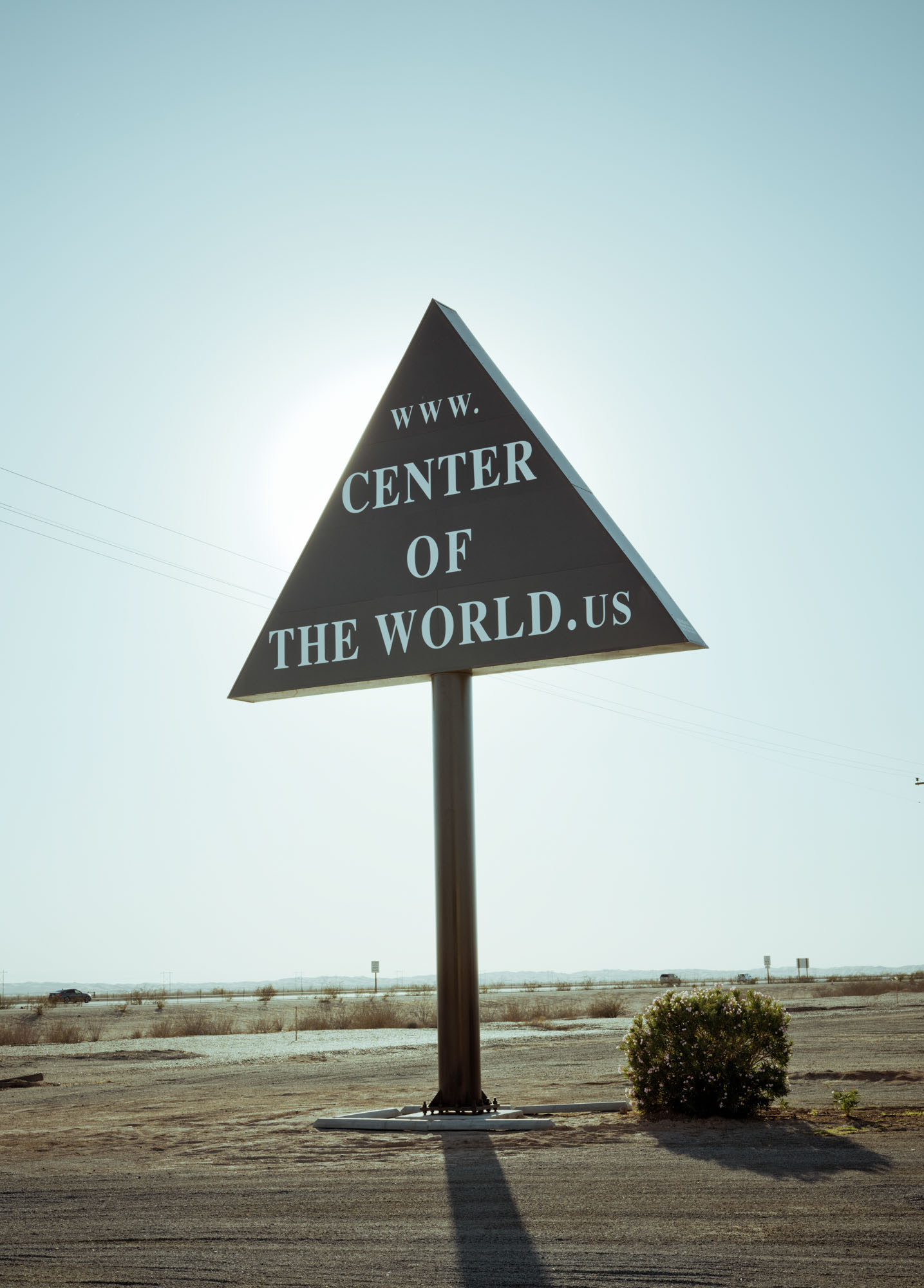
Another must-see is Mo Yi’s work ‘Me in My Landscape’, which celebrates the self-taught artist's unusual approach to the photographic gaze – he would shoot from a camera behind his neck, or fixed to a stick, allowing him to photograph at ground level while walking. From his perspective as quite an outsider, Mo Yi’s works define a particular spirit of China’s social fabric in flux during the 20th century.
